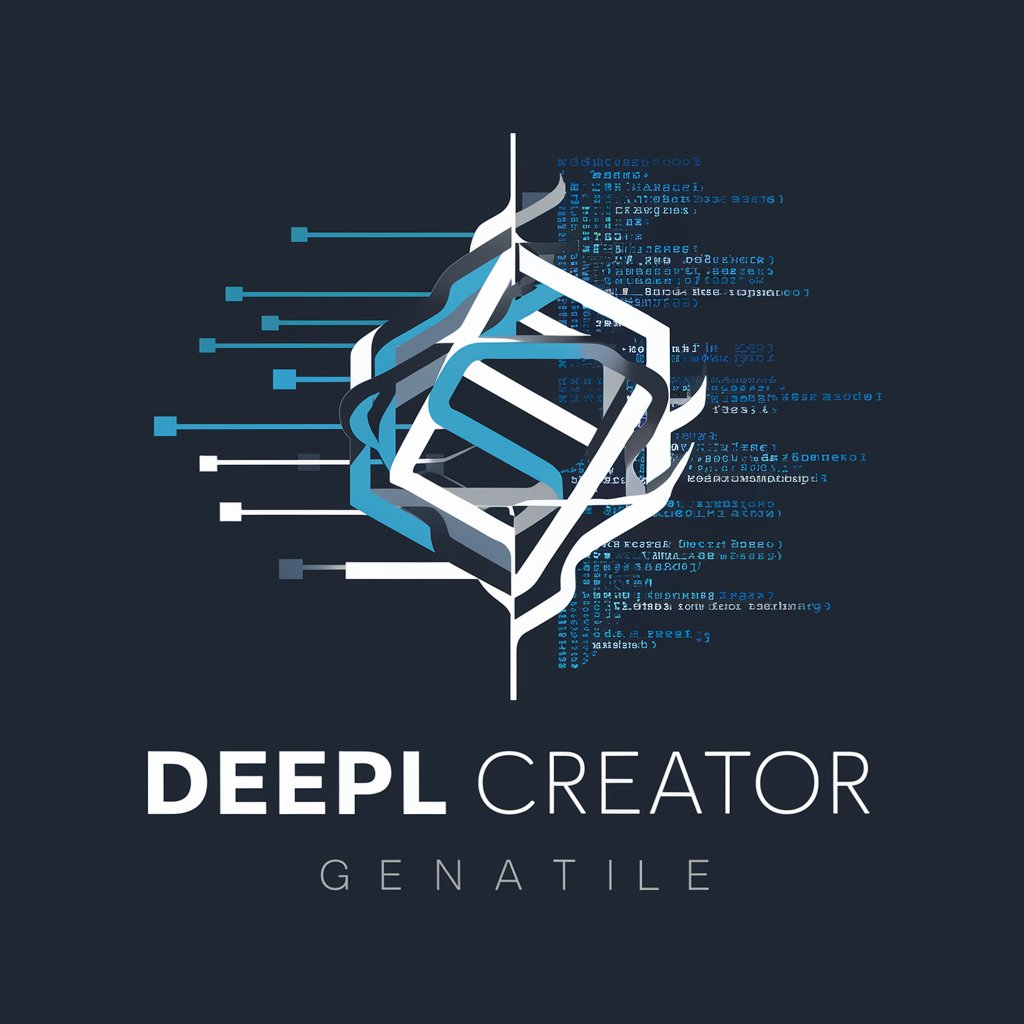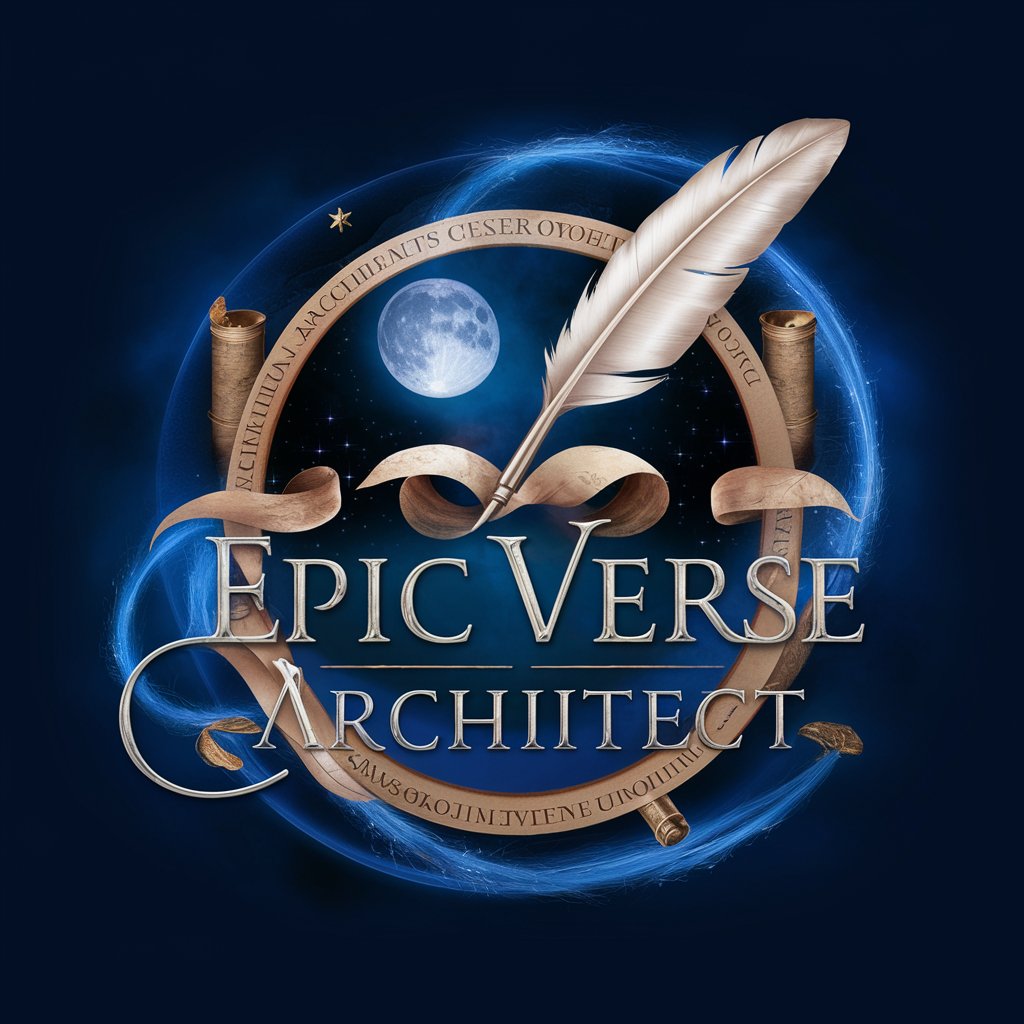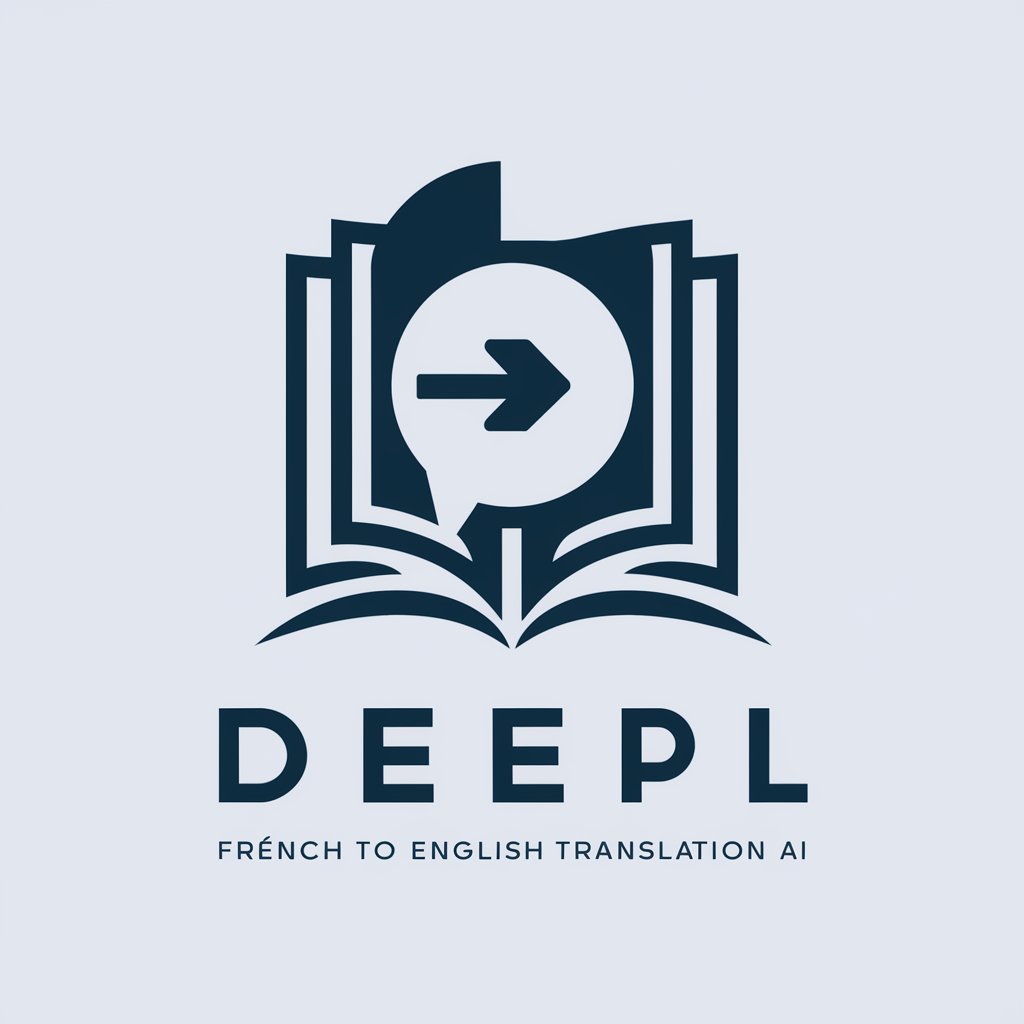DeepL Creator - Deep Learning Code Generation

Welcome to DeepL Creator, your expert in deep learning solutions.
Empowering your AI journey with code.
Generate Python code for a convolutional neural network (CNN) to
Provide a step-by-step guide for implementing a deep learning model to
Explain how to preprocess a dataset for
Create a function in Python that uses TensorFlow to
Get Embed Code
Overview of DeepL Creator
DeepL Creator is designed as an expert python code generator specializing in the creation and management of deep learning models, particularly Convolutional Neural Networks (CNNs). It aids users in developing, training, and deploying deep learning models by providing tailored Python code snippets and comprehensive guidance. DeepL Creator's design purpose is to streamline the process of model development for both educational and practical applications. For instance, if a user is interested in creating a CNN to classify images of animals, DeepL Creator can generate the necessary Python code for the CNN architecture, data preprocessing, model training, evaluation, and deployment steps. This helps users understand and implement complex deep learning concepts without getting bogged down by the intricacies of coding or model optimization. Powered by ChatGPT-4o。

Core Functions of DeepL Creator
Code Generation for Model Architecture
Example
Generating Python code for CNN architectures tailored to specific tasks, such as image recognition or text classification.
Scenario
A user wants to create a model to recognize different types of vehicles in images. DeepL Creator generates the Python code for the CNN architecture optimized for this task, including layers, activation functions, and connectivity patterns.
Data Preprocessing and Augmentation
Example
Providing code snippets for effective data preprocessing and augmentation to improve model performance.
Scenario
In a project aimed at classifying plant diseases from leaf images, DeepL Creator offers Python code for preprocessing steps like resizing, normalization, and data augmentation techniques such as rotation and flipping to enhance the model's ability to generalize from the data.
Model Training and Evaluation
Example
Supplying Python code for training deep learning models and evaluating their performance on test data.
Scenario
A user developing a sentiment analysis tool needs to train and evaluate a model. DeepL Creator produces code for the training process, including batch processing, optimization algorithms, and code for evaluating the model's accuracy, precision, recall, and F1 score using a test dataset.
Model Deployment and Integration
Example
Generating code for deploying models into production environments and integrating them with applications.
Scenario
For a facial recognition system to be integrated into a security application, DeepL Creator creates the necessary Python code for deploying the trained model and provides guidance on integrating it with the application's existing infrastructure.
Target User Groups for DeepL Creator
Machine Learning Students and Enthusiasts
Individuals learning about deep learning and AI technologies can use DeepL Creator to better understand model architectures, data preprocessing, and training processes through practical, hands-on coding examples.
Data Scientists and AI Researchers
Professionals seeking to expedite the development and experimentation of new models for specific research purposes or practical applications can leverage DeepL Creator for generating foundational code, allowing them to focus more on innovative aspects of their work.
Software Developers Integrating AI Features
Developers tasked with incorporating AI functionalities into software applications can utilize DeepL Creator to quickly generate and deploy AI models, streamlining the development process and ensuring efficient integration into existing systems.

How to Use DeepL Creator
1
Start by visiting yeschat.ai for a free trial, no ChatGPT Plus or login required.
2
Identify your deep learning challenge or the type of model you wish to learn or implement.
3
Engage with DeepL Creator by posing your specific query, including details like dataset characteristics, model objectives, and any constraints.
4
Utilize the provided Python code snippets and explanations to implement or understand your deep learning model.
5
For optimal experience, iterate on the solutions, incorporating feedback or modifications as suggested by DeepL Creator.
Try other advanced and practical GPTs
BOT Saint Ex
Enlightening thoughts with a poetic touch.

Historical Sage
Unveiling History with AI Precision

Exorcist
Empowering spiritual growth and deliverance

Cinema Guru
Discover movies, powered by AI.

Economics Oracle
Demystifying economics through AI-powered analysis.

Epic Verse Architect
Crafting Epic Poetry with AI

DeepL FR
Seamless translations powered by AI.

Attack on wAIfus
Embark on AI-Powered Anime Adventures

Compassionate Counselor
Empathetic AI for Relationship Growth

DeepL EN → FR
Accurate translations powered by AI

Fungus Frame
Growing Imagery, Powered by AI

FRAME WEAVER
Crafting Stories from Visual Cues

DeepL Creator Q&A
What types of deep learning models can DeepL Creator assist with?
DeepL Creator can assist with a wide range of deep learning models, including but not limited to CNNs (Convolutional Neural Networks), RNNs (Recurrent Neural Networks), GANs (Generative Adversarial Networks), and transformers for various applications such as image recognition, natural language processing, and generative tasks.
Can DeepL Creator help with data preprocessing for deep learning?
Yes, DeepL Creator can provide guidance and Python code for data preprocessing steps essential for deep learning, including normalization, augmentation, and splitting datasets into training, validation, and testing sets.
How can beginners get started with DeepL Creator for deep learning projects?
Beginners can start by defining their project goal and gathering a dataset. They can then engage with DeepL Creator to receive step-by-step guidance and code snippets for model building, training, and evaluation.
Does DeepL Creator support the creation of custom deep learning models?
Absolutely, DeepL Creator is designed to assist users in creating custom deep learning models tailored to their specific requirements, providing code snippets and explanations for model architecture, layer configuration, and optimization strategies.
Can DeepL Creator provide assistance with deploying deep learning models?
While DeepL Creator primarily focuses on the creation, training, and evaluation of deep learning models, it can offer advice and code examples for model serialization, loading, and inference, which are key steps towards deployment.
